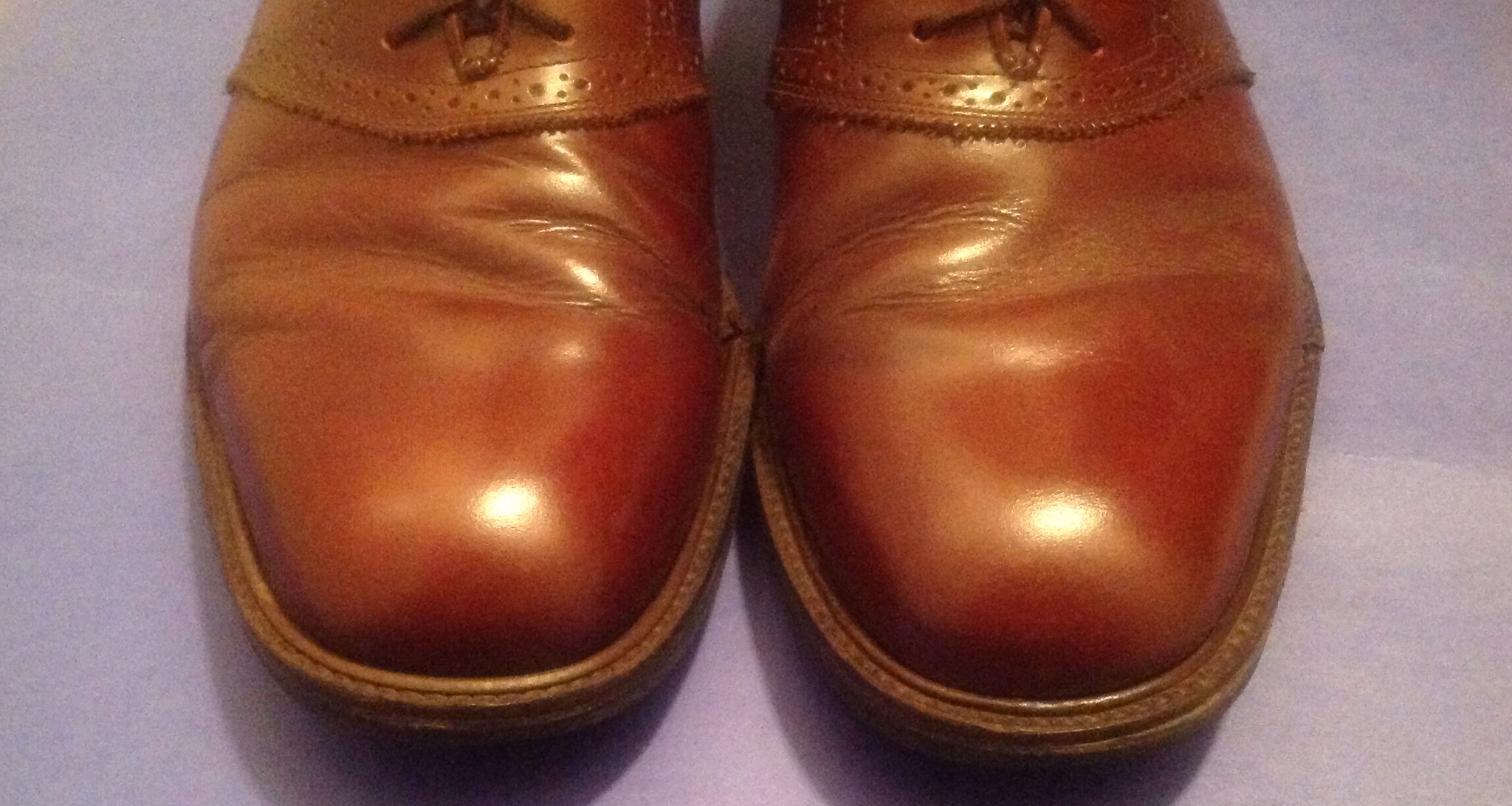Dress To Impress? No. Dress To Not Be Noticed
Before you all leave, can I see just the men over here for a second.
Sure, Blake, what’s up?
I just wanted to go over the dress code for tomorrow’s Quarterly Business Review. No one from the client side will be wearing a tie. You can wear one if you’d like, but it’s not expected. I won’t be wearing one.
Blake was the Executive Vice President of our company and the third ranking member of our delegation. We were going to be meeting with very senior members of the client organization. I appreciated Blake’s comment about the tie. I would definitely be wearing one, but I was happy I hadn’t overdressed.
In the 1986 movie Quicksilver Paul Rodriguez’s character asks Kevin Bacon’s character for advice on getting a loan from a bank.
Wear something nice,
was Bacon’s advice. Rodriguez then shows up in a powder blue tuxedo with a full ruffled shirt. Realizing his mistake, Kevin’s character says,
Tell them you just came from a wedding or something.
If nice is good, isn’t nicer gooder? (I may have misspelled one of those words.) Why not wear the best you have?
Because, just as Every Job Has a Uniform Even If It Doesn’t Have A Dress Code, you can go overboard on the uniform. In telling about The Creepy Mini-Me, I explained how a programmer started wearing a suit everyday. It was odd. . .and slightly creepy. A programmer’s uniform is not a suit. If you want to dress as an impressive programmer, you follow the formula:
1. Establish the dress code baseline
2. Dress one step above that
You don’t really want people to notice your clothes. Paul Rodriguez’s character got people to notice his clothes, but it didn’t help. In fact, it hurt his changes to be taken seriously.
Recently, my company awarded a special t-shirt to agents who meet a certain quality bar on their calls. As a thank-you for the work I’ve done they also awarded me the t-shirt.
I don’t wear t-shirts to work.
I wear slacks and dress shirts. In the summer I will opt for an occasional polo shirt, in the winter I add a sports jacket. And I try to always have polished shoes.

In this case, I wore the special t-shirt with my slacks and polished shoes.
Yeah, yeah, I get it Rodney, this is part of that “Dress for the job you want, not the job you have thing, right?
Not really. The Vice President’s that I travel with often wear blue jeans and t-shirts in our office, and one of them wears shirts with logos at the client offices. And the logo if for a former company.
Clothes lend credibility. Clothes affect the way you feel and act when wearing them. They can be a help to your career, but they can also be a hindrance. The late great Payne Stewart might have been able to get away wearing outlandish outfits to work, but for most of us, our goal is to have our clothes not be noticed.
My goal when it comes to clothes is for people to not remember what I wore, but to remember that they thought I looked nice. That means if the office culture is jeans and t-shirts, you should wear jeans and a dress shirt, or slacks and a polo.
If the dress code is business casual, then you want to make sure you are wearing pressed pants and a starched shirt.
(Sorry, ladies. I have no idea how to write about clothes in a gender neutral way.)
If you move too far up the clothes ladder, you become too noticeable. You become the guy in the wedding tuxedo going in for a car loan.
But, if you move just a single step up, jeans to slacks, t-shirts to polos, polos to starched shirts, starched shirts to ties, you give people several impressions:
1. You are smart – You figured out how to properly dress. It’s not an inborn trait. You had to learn it.
2. You care about the job and the client – Nothing says, “I’m listening” to you as much as voluntarily wearing a tie at a client site.
3. You might be in need of a promotion – In most companies, promotions are not a willy-nilly decision. If you look the part, it’s easier for them to give you the part.
When Blake explained that none of the client folks would be in ties, it made it easy to decide to wear one. No one probably remembers today, a week later, what I wore. But, I’ve heard enough comments from people who talked to the client about it, that the client knows I value the business, I’m reasonably intelligent, and I just might be promoted at some point.
Rodney M Bliss is an author, columnist and IT Consultant. He lives in Pleasant Grove, UT with his lovely wife, thirteen children and one grandchild.
Follow him on
Twitter (@rodneymbliss)
Facebook (www.facebook.com/rbliss)
LinkedIn (www.LinkedIn.com/in/rbliss)
or email him at rbliss at msn dot com
